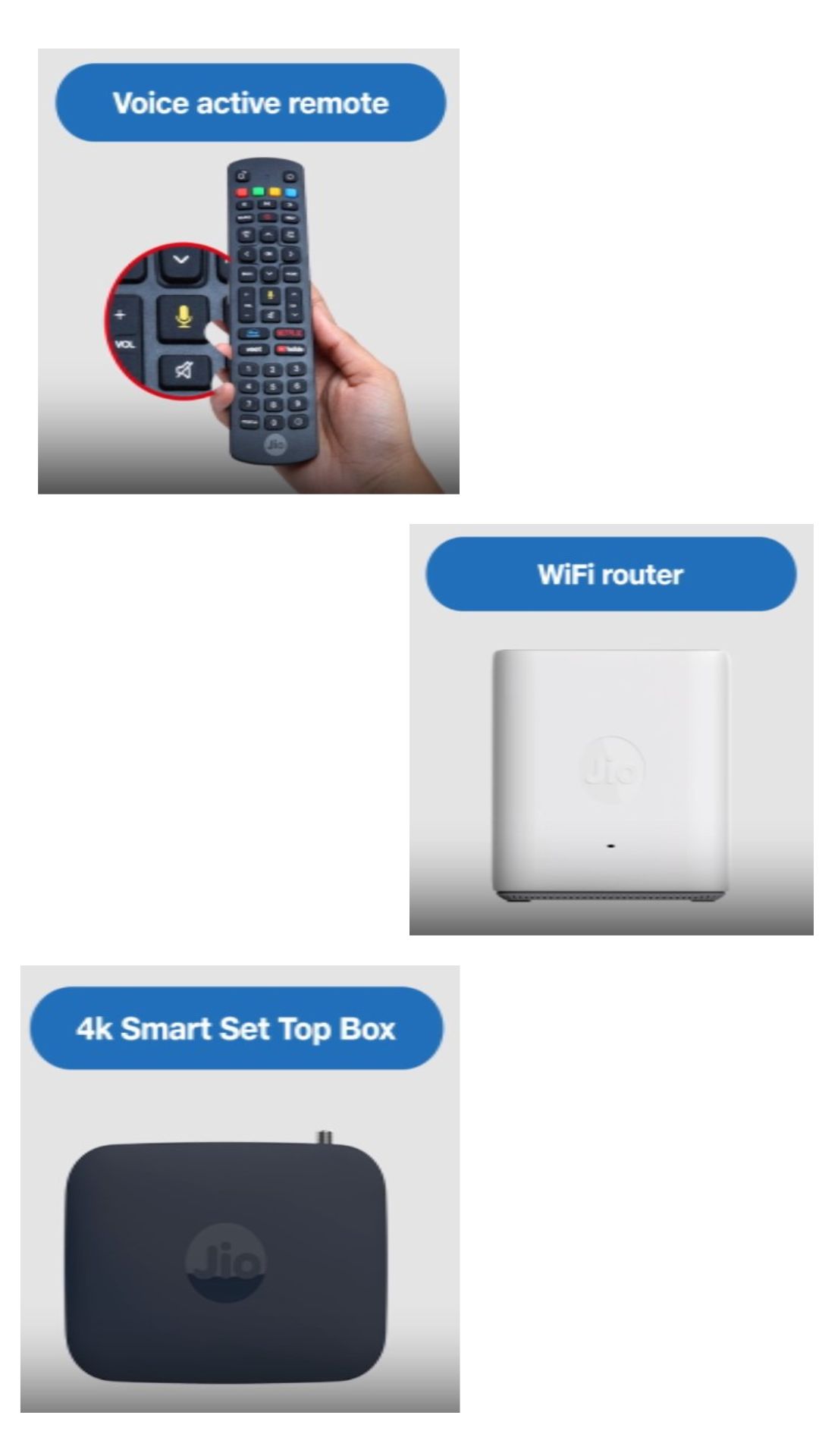India’s Moon mission Chandrayaan-3, which entered the exclusive club of four and became the first nation to land on the unexplored surface on Wednesday at 6.04 p.m., marked a significant step forward for its space program.
India became only the fourth nation to accomplish this accomplishment and the first to reach the unexplored south pole of Earth’s only natural satellite when its ambitious Chandrayaan-3 Lander Module (LM) splashed down on the lunar surface on Wednesday.
Less than a week after a similar Russian lander crashed, India’s LM, which included the lander (Vikram) and the 26kg rover (Pragyan), successfully achieved a soft touchdown near the south pole region of the Moon at 6:04 p.m.

After the US, China, and the former Soviet Union, India is now the fourth nation to have mastered the science of soft-landing on the lunar surface thanks to this touchdown on the moon in its second attempt in four years.
A follow-up mission to Chandrayaan-2, Chandrayaan-3’s goals include wandering on the Moon, demonstrating safe and soft landings, and conducting in-situ scientific experiments.
On September 7, 2019, Chandrayaan-2’s lunar phase was unsuccessful after its lander, “Vikram,” collided with the Moon’s surface minutes before touching down due to problems with the lander’s braking system. 2008 saw the first mission of Chandrayaan.
The Launch Vehicle Mark-III (LVM-3) rocket carrying the Rs 600 crore Chandrayaan-3 mission lifted off on July 14 on a 41-day journey to a location close to the lunar south pole.
Days had passed since Russia’s Luna-25 spacecraft, which was spinning out of control, crashed onto the Moon.
The 1,752 kg combined mass of the lander and the six-wheeled rover is intended for operation for one lunar day (about 14 days on Earth). The four-legged lander was equipped with a variety of sensors, including an accelerometer, altimeters, Doppler velocimeter, inclinometer, touchdown sensor, and a number of cameras for obstacle avoidance and positional awareness.
The rover is transported by the lander in a compartment that has a ramp for surface deployment.










